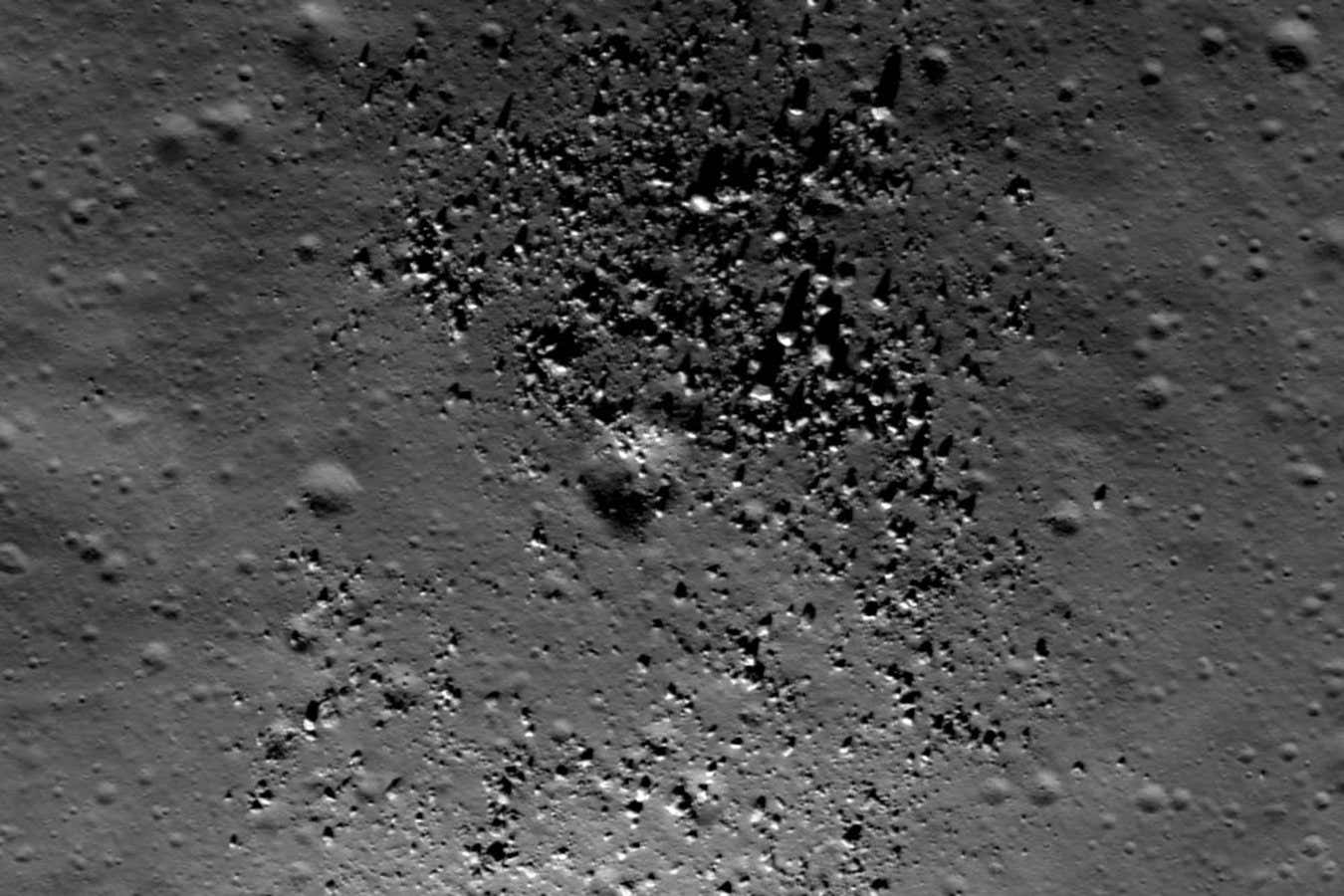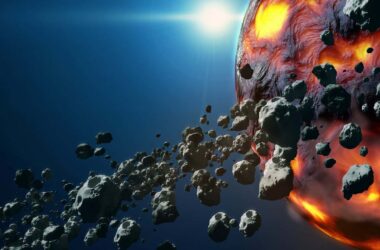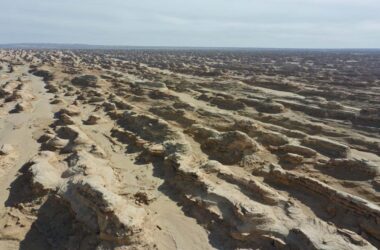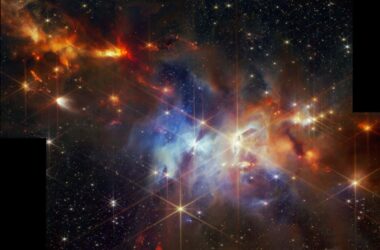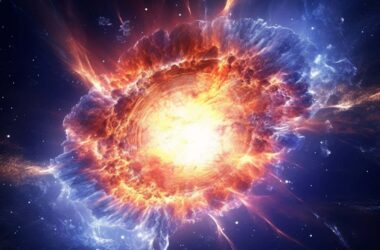Scientists have discovered evidence of an enormous ancient volcano on the far side of the Moon, located in an area called Compton-Belkovich. However, the formation of this volcano remains a mystery.
Researchers have known for over 20 years that Compton-Belkovich had peculiar features, including unusual topography and higher thorium content in the upper meter of soil compared to its surroundings. Using data from China’s Chang’e 1 and Chang’e 2 orbiters, Matt Siegler and his colleagues from the Planetary Science Institute have determined that there is a hot area approximately 50 kilometers wide and several kilometers thick below the Moon’s surface. This heat can only be generated through the decay of radioactive elements like thorium and uranium, and the most plausible explanation for the concentration of these elements is repeated melting of the rock due to volcanism.
Siegler explains that the surface thorium is just a small part of the much larger body of radioactive elements beneath the surface, which served as the plumbing system for this ancient volcano. The discovery challenges current knowledge of how volcanoes form on the Moon.
The volcano is estimated to have last erupted about 3.5 billion years ago, and the molten rock has since cooled and solidified into a large granite slab known as a batholith. Similar areas exist on the near side of the Moon, but they are smaller and less radioactive than the one in Compton-Belkovich, likely due to fewer cycles of melting and cooling. Each melting cycle concentrates the radioactive elements in the resulting magma.
While batholiths are common under major volcanic systems on Earth, their presence on the Moon was unexpected. Siegler suggests that this type of volcanism is typically driven by plate tectonics and the presence of water, neither of which exist on the Moon. This discovery indicates that volcanic activity on such a large scale could occur on the Moon.
One possibility is that the Moon had a unique wet pocket in its crust during its formation, which allowed the rock to melt at a lower temperature. Another theory is that a hot spot caused by the violent formation of the Moon, similar to the one beneath Yellowstone in the US, triggered widespread volcanism in the area. Further data from future lunar missions will be needed to unravel the mystery of this lunar volcano.




